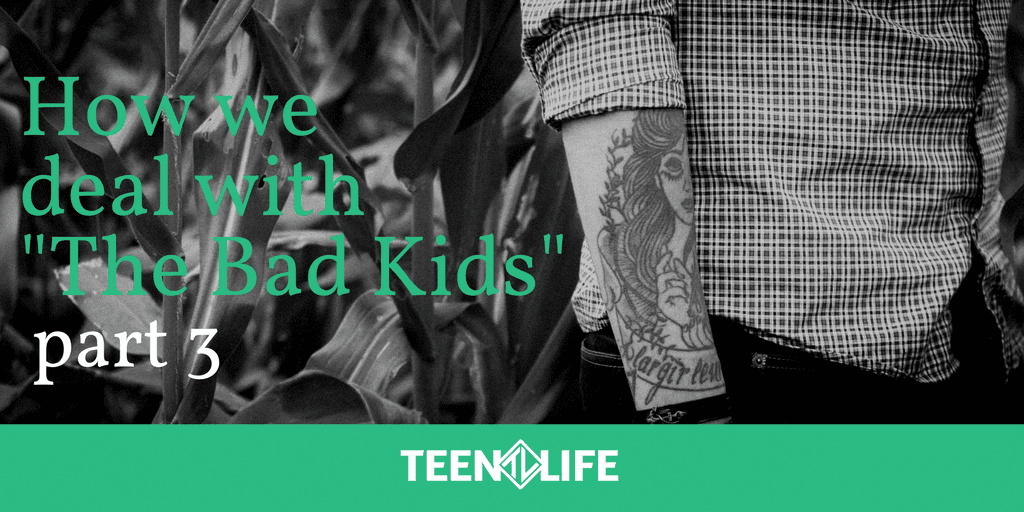
Traveling New Roads Together
Last month, I had the pleasure of training a group of college students preparing to be camp counselors. My main purpose in the training was to equip them to support kids from hard places. Many of the camps they would be doing would take them into areas of the city where behavioral issues and lack of family support would be likely prevalent.
During the Q&A session at the end, questions kept coming up about how they should handle discipline. One counselor asked, “Can we make the kids do pushups if they are misbehaving or late?”. This is a common form of discipline within sports or camps, and I have never liked it. Personally, I think it can be pretty degrading to a kid to give penance in the form of a pushup – but despite how much I despise the approach, I answered – “Yes.”
But I had a caveat.
“As long as you do the pushups with them.”
The group laughed, but the point was taken. When you make kids do pushups for misbehaving, is any connection made? Or are we further cementing our authority and power? However, when we do pushups with the kids, connection is created and there is some sense of shared responsibility.
Because if the kids are constantly misbehaving or late – does the fault completely lay on their shoulders? Or is it a power play for the adult to dish out the discipline without also taking some of the blame?
As helpers of students, we often forget the power of vulnerability and connection when it comes to how we correct. It is much easier to point out the mistakes with our kids. It’s much harder to admit our culpability.
This concept rang true to me as I read through a recent study on teenagers and cell phone use commissioned by Common Sense Media. The main takeaway of the study showed that 1 in 3 teenagers take their cell phones to bed and report checking their phones multiple times overnight.
Simply put, this is a horrifying trend. Numerous studies have confirmed the “blue light” emitted by screens should be eliminated at least 30 minutes before bed, and cell phone be removed from the bedroom for any chance of quality sleep. Why on earth would teenagers do this to themselves?
Well, because we do. The same study reports 61% of adults check their phone within 30 minutes of going to bed. Simply put – we adults have developed some nasty habits with our devices and our kids are watching.
An interesting thought that came out of the same study showed the number of teenagers who think their parents are spending way too much time on the phone went up by 11%. But teenagers own assessment of how much time they spent on devices was more muted. While they thought their parents spend way too much time on the phone, they felt like their time was just about right.
This study highlighted how teenagers can develop really unhealthy habits and suffer loss of sleep and health as a result. As an adult it would be easy to just tell a student to not take their phone to bed. If so, prepare for a fight.
It’s like this in so many aspects of our parenting and mentoring of students. We are quick to point out their issues and tell them where they should change, but even with the lightest of scrutiny, we as adults aren’t doing much better.
This isn’t just about cell phones and sleep. It’s how we deal with our stress. It’s how we self-medicate. It’s about our anger. It’s our discontent. Do we not realize our kids are watching us, even if they seem aloof?
This offers opportunity for connection. For example, if you know your teenager is taking their phone to bed, you likely are as well. Instead of laying down the law, why not share your own struggle and create a plan to deal with it together?
Or maybe you struggle with anger or outbursts. Maybe acknowledge that with your kid? Apologize? Even ask for help?
When we choose connection with our teenagers, we build relationship. It’s the harder road, but it is one that acknowledges our humanity as well as respects where our teenager is developmentally.
We cannot ask our teenagers to travel roads we do not presently travel. By choosing vulnerability and connection, we choose to travel those roads together.

Chris Robey
CEO
Chris has worked with teens from a variety of backgrounds for over a decade. He has a desire to help teenagers make good choices while also giving their families tools to communicate more effectively as choices are made.


